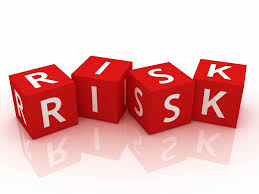Uncertain Payoffs: Risky choices often have financial consequences, also known as payoffs. Payoffs can be either positive (gains) or negative (losses). To evaluate a choice we need to know the likelihood of each possible payoff occurring. Like other consequences, payoffs depend on unfolding events, in other words, on the state of nature. As long as we know the probability of each possible state of nature, we can determine the probability of each possible payoff.
To evaluate a choice with risky financial prospects, we usually begin with two simple questions. First, what do we expect to gain or lose, on average? Second, do we expect the actual gain or loss to be close to that average or far from it?
Expected Variability: To determine the average gain or loss from a risk financial choice, we can calculate it’s expected payoff. The expected payoff is a weighted average of all the possible payoffs, using the probability of each payoff as its weight.
Variability: Economists gauge financial risk by measuring the variability of gains and losses. Roughly speaking, variability is low when range of likely payoffs is narrow, and high when the range is wide. With little variability, the actual payoff is almost always close to the expected payoff. Histograms can help us visualize variability.
Click here for government certifications





5 Comments. Leave new
Good work..!
Good work
Nice work..!!
Well elaborated work.
After reading your first part having possibilities and probabilities 😀
Now to you second 😀 mmm i linked this content very much compared to part one’s comment 😀
Great job done 😀